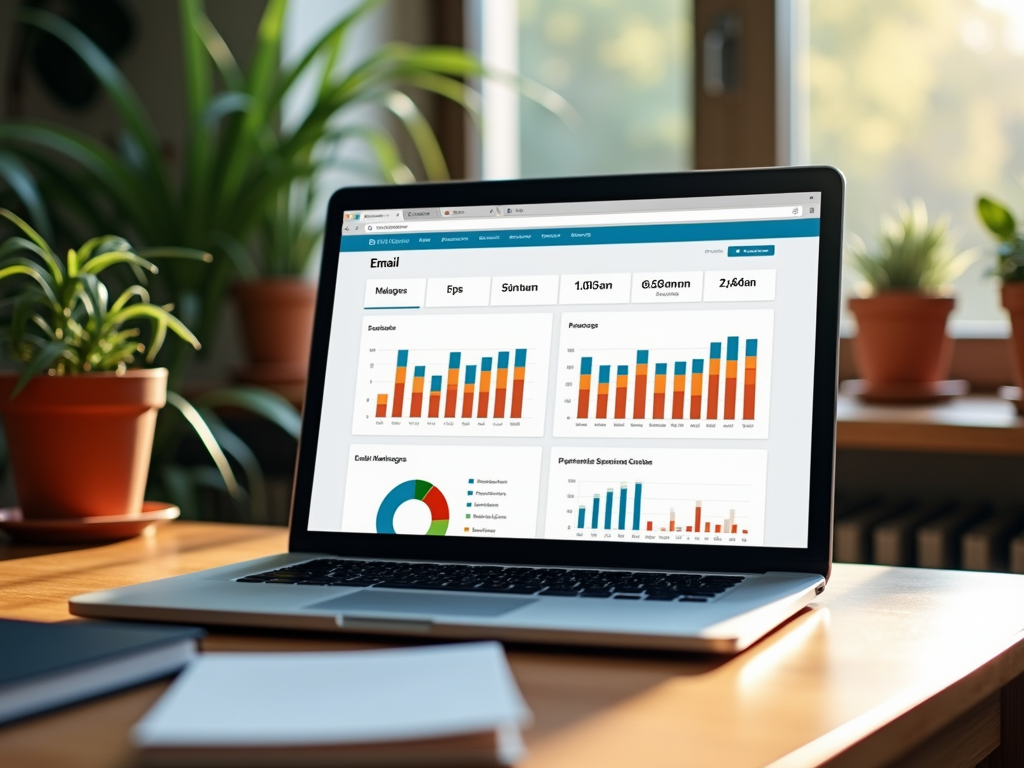Re-engagement emails serve as a lifeline in the world of email marketing. They provide brands with a unique opportunity to reconnect with subscribers who have drifted away. Crafting these messages effectively can not only revive interest but also enhance customer loyalty and encourage conversions. As the landscape of digital marketing evolves, reaching out to inactive subscribers often becomes a strategic necessity. The goal is to rekindle their interest by showcasing what they’re missing out on and compelling them to take action. Let’s delve into how to create engaging re-engagement emails that will grab attention and drive results.
Understanding the Importance of Re-Engagement Emails

Re-engagement emails play a vital role in a successful email marketing strategy. They enable businesses to reconnect with subscribers who have become inactive. By rekindling interest, companies can boost engagement rates, enhance loyalty, and ultimately improve their bottom line. In a crowded digital space, where attention is fleeting, these emails can serve as a gentle reminder of the value your brand offers. Keeping your audience engaged is fundamental, not just for immediate sales, but for fostering long-term relationships. Thoughtfully designed re-engagement emails can set the stage for renewed interest and activity.
Identifying Your Inactive Subscribers

A pivotal step in crafting relevant re-engagement emails is pinpointing which subscribers are inactive. This can greatly inform the content and style of your approach. Here are some key indicators you should review when assessing inactivity:
- No Interaction: Subscribers who’ve not opened or clicked on your emails for the past three months.
- Behavioral Patterns: Analyzing engagement patterns can reveal when and why subscribers lost interest.
- Segmenting Your List: Creating a dedicated segment for inactive subscribers allows for targeted campaigns.
Crafting Compelling Email Content
Once you’ve identified your inactive subscribers, the next task is to focus on the email content. This is where you can truly engage them with your messaging. Here are several essential elements to consider in your emails:
Compelling Subject Lines
The subject line acts as the gateway to your email. If it fails to intrigue, your message might never be read. Aim for catchy phrases such as “We’ve Missed You!” or “Unlock a Special Offer Just for You!” A well-crafted subject line can significantly increase open rates and entice subscribers to read further. Consider testing different subject lines through A/B testing to find the one that resonates best with your audience. The element of curiosity and urgency should be your guiding principles here.
Intriguing Body Content
The body of your email is where your message comes to life. Remember to keep it engaging and easy to digest. Utilize personalization techniques, such as addressing subscribers by their first name, and refer to past interactions. Clearly articulating the value they’ve missed out on is crucial. Below are ways you can enhance your email body:
- Personalization: Tailor content based on user data and past behavior.
- Value Proposition: Clearly outline what they’re missing—new products, services, or exclusive content.
- Social Proof: Incorporate testimonials or usage statistics to build trust and credibility.
Effective Calls-to-Action (CTAs)
The call-to-action is a critical component that encourages subscribers to engage. Use action-oriented phrases like “Claim Your Special Offer” or “Explore Our Latest Collection” to guide them. Ensure your CTAs are prominent with buttons that stand out against the email’s background. This not only catches the reader’s eye but also simplifies their decision-making process. Testing different CTAs is also advisable to find what works best for your audience.
| Element | Importance |
|---|---|
| Subject Line | First impression that drives opens |
| Body Content | Engages subscriber and provides value |
| CTAs | Direct action and boosts conversions |
Designing Your Email for Engagement
Visual elements play a significant role in capturing attention and keeping the reader engaged. A well-designed email lets your content shine while ensuring it doesn’t overwhelm the recipient. Here are some design tips to consider:
- Mobile Responsiveness: Make sure your emails look great on both desktop and mobile devices, as many recipients check emails on their phones.
- Visual Appeal: Use images, videos, and well-structured layouts to complement your content.
- Whitespace: Don’t be afraid to use whitespace to break up content, allowing for easier readability.
Implementing A/B Testing Strategy
To further optimize your re-engagement efforts, implementing A/B testing is invaluable. This process can provide insights into what resonates best with different segments of your audience. You might test variations in subject lines, email content, or even the placement of CTAs. By analyzing the results, you can make data-driven decisions for future campaigns and continuously improve your engagement rates. The key lies in understanding your audience’s preferences and preferences evolve over time, so regular testing is essential.
Итог
Re-engagement emails can be a powerful tool to revive interest among inactive subscribers. By personalizing your approach, crafting compelling content, and employing effective design strategies, you can significantly enhance your chances of winning back subscribers. Regularly reviewing analytics and testing different strategies will provide further insights into what works best for your audience. Ultimately, the goal is to transform disengagement into renewed engagement, strengthening customer relationships and boosting your roi.
Часто задаваемые вопросы
- What is a re-engagement email? A re-engagement email is a targeted message sent to inactive subscribers to rekindle their interest in your brand or products.
- How often should I send re-engagement emails? It’s generally advised to send re-engagement emails every few months to gauge subscriber interest without overwhelming them.
- What should I include in my re-engagement email? Include personalized greetings, compelling subject lines, clear value propositions, and strong CTAs to motivate subscribers to engage again.
- Are there specific metrics to measure the success of re-engagement campaigns? Yes, monitor open rates, click-through rates, conversion rates, and the number of subscribers who become active again post-campaign.
- What can I do to prevent subscribers from becoming inactive? Regularly offer valuable content, engage through surveys, and segment your list to send tailored content that meets audience interests and needs.
